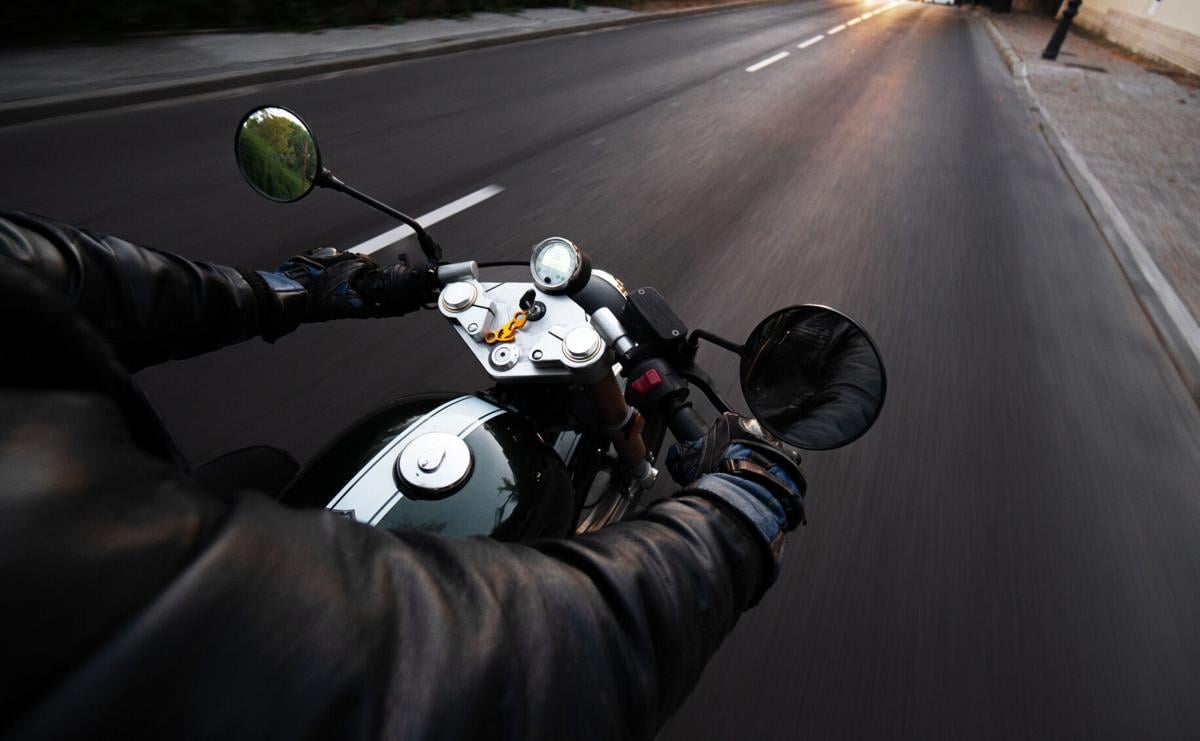Don’t be surprised if sometime this year a motorcycle pulls up next to your vehicle while you’re stopped at a traffic light.
That maneuver would become legal if Gov. Doug Ducey signs legislation given final approval Thursday by a 54-4 margin in the state House. It already gained unanimous approval of the state Senate.
SB 1273 seeks to craft an exemption in existing laws that bar riders from overtaking and passing other vehicles in the same lane. Those same laws also make it illegal to operate a motorcycle between traffic lanes or between adjacent rows of vehicles going in the same direction.
Michael Infanzon, who lobbies for motorcycle safety group ABATE — the American Brotherhood Aimed Toward Education — said it’s not designed to ensure that motorcycle riders are the first ones to speed away from the intersection after the light turns green, though he acknowledged that is likely to be the result. Instead, he said, it’s to keep riders from getting killed.
Put simply, he said, motorcycles are all but invisible to many Arizona motorists.
During testimony before the House Education Committee, he told them of an accident that had occurred just days earlier where a motorcyclist in Buckeye was sitting at a stoplight, was rear-ended “and thrown 365 feet away from his motorcycle, dead on the spot.’’ And Infanzon said that situation is hardly unique, saying 31% of all motorcycle crashes in Arizona were rear-end collisions.
The solution, he said, is what’s called “lane filtering.”
Infanzon told lawmakers this is different than “lane splitting,” something that’s legal in California, which actually allows motorcyclists to ride their bikes at all times on the white line in between lanes — and in between cars.
Instead, it would permit straddling those lane lines and overtaking a vehicle only when traffic is stopped, and only if it can be done safely.
It also would be restricted to roads with a posted speed limit of less than 45 miles an hour. That would preclude motorcycles from weaving in and out of lanes when traffic comes to a halt on a freeway.
And the motorcyclist could move into that space between the vehicles at no faster than 15 miles an hour.
The idea drew questions from Rep. Brenda Barton, R-Payson. She wanted to know what happens when the light turns green and whether there is a danger of the driver of a regular vehicle slamming into the motorcyclists.
Infanzon, who rides a motorcycle himself, said that’s not likely to happen.
“I can out-accelerate any car on the road, even a Corvette, on my Harley,” he told her. “If traffic is stopped and I can go between cars, I can do it safely,” though he conceded that, given the girth of his Harley, it might not fit between stopped vehicles.
Infanzon said it’s no different than what happens when roads with three lanes in one direction narrow down to two.
“All it is is merging like a zipper,” he said. “And that’s what we’re supposed to do.”
Barton, however, questioned how many motorcyclists would be allowed to line up on the dotted line.
“I can see it happening,” she said. “People want to be first.”
“You could stack them up 100 back,” Infanzon acknowledged. “You still have to merge safely.”
Infanzon also said it is up to the motorcycle riders, having overtaken the stopped vehicles, to decide into which lane to go after the intersection. And in terms of merging back into traffic, he said it would be up to both the motorcycle riders and the car drivers “to have a little bit of courtesy.”
That didn’t satisfy Rep. Robert Meza, D-Phoenix. He wanted to know if a motorist hits a cyclist who would be held legally responsible.
Infanzon, however, said the bill puts the onus on the motorcycle rider to perform the maneuver safely. “And if they hit someone, obviously, it wasn’t done safely,’’ he said.
Meza wasn’t convinced, being one of the four House members who voted against the bill.
According to Infanzon, the legislation mirrors a Utah statute.
He said in 2018, when that law first took effect, there were 47 motorcycle fatalities from rear-end collisions. A year later, Infanzon said, it dropped to 35.
None of this would apply to three-wheeled motorcycles.
Ducey press aide C.J. Karamargin said his boss does not comment on bills before he gets a chance to review them.





